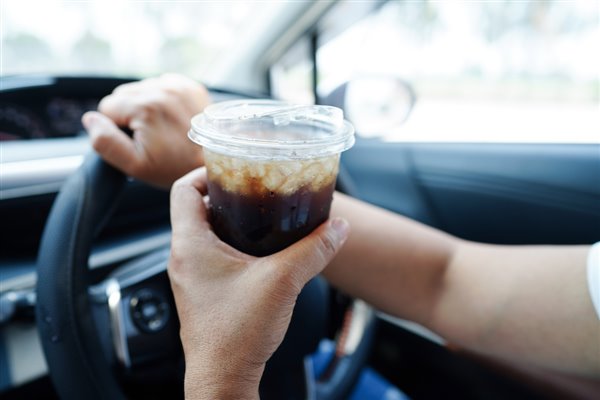How often are you distracted whilst driving?
30 October 2023

Data compiled by the Department for Transport shows that, in 2020, 17 people were killed and 499 injured in road traffic collisions in Great Britain where the driver was using a mobile phone.
Furthermore, there were 55 deaths and 3,119 injuries in collisions where ‘distraction in vehicle’ was recorded as a contributory factor.
According to the Royal Society for the Prevention of Accidents (ROSPA), there are four types of distraction:
Visual distraction occurs when a driver sees an object or event which impairs their observations of the road environment. It is estimated that drivers spend between 20-50 per cent of the time they are on the road with their attention wandering to objects or scenery unrelated to driving.
Interestingly, according to ROSPA, when windscreen wipers were first introduced, there was concern over their potentially hypnotic effect.
Cognitive distraction occurs when a driver is thinking about something unrelated to driving. A National Safety Council white paper states that drivers using hands-free mobile phones have a tendency to ‘look at’ but not ‘see’ objects. Related estimates indicate that drivers using a mobile phone look but fail to recognise up to 50 per cent of the information in their driving environment.
Additionally, cognitively distracted drivers spend more time staring straight ahead, rather than scanning the environment around the road for hazards or using their mirrors.
One of the primary dangers of cognitive distraction is that, unlike visual distraction, drivers are often unable to recognise when they are affected.
Biomechanical distraction occurs when a driver is doing something physical that is unrelated to driving such as reaching for or holding a cup of coffee.
Auditory distraction is caused when sounds, such as the radio, drawn a person’s attention away from the task of driving.
ROSPA has provided the following advice for managing the risk of distractions:
- If you need to do something distracting, find a safe place to pull over.
- Recognise what makes you distracted, such as eating or changing a CD.
- Concentrate on your driving (this may seem to be a given, but few truly devote their full attention to driving. For example, how often do you listen to music whilst driving?)
- Use technology sensibly, for example by avoiding changing sat nav or radio settings whilst driving or playing music too loudly.
You can read ROSPA’s full driver distraction sheet here.
Contact us for minibus leasing
We at Marshall Minibus are proud to serve schools, charities and care homes throughout the UK.
Our minibus leasing contracts are flexible, with tailored payment plans to suit your budget and you can choose from a range of vehicles from 8-seater and 9-seater minibuses all the way through to 17-seater minibuses.
To find out more, please contact us by calling 01480 220444 or emailing info@marshall-minibus.co.uk.
Back to Blog listings